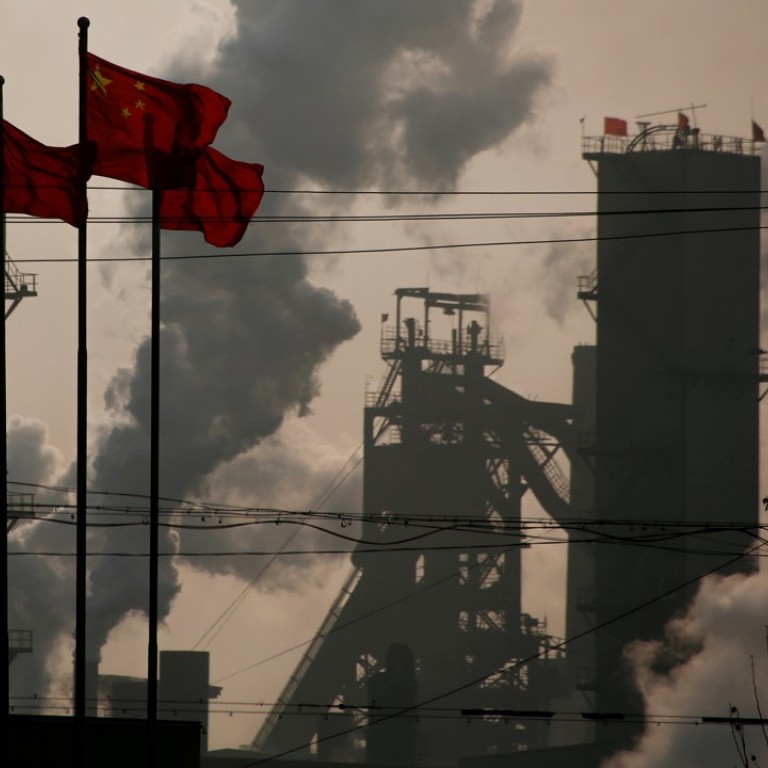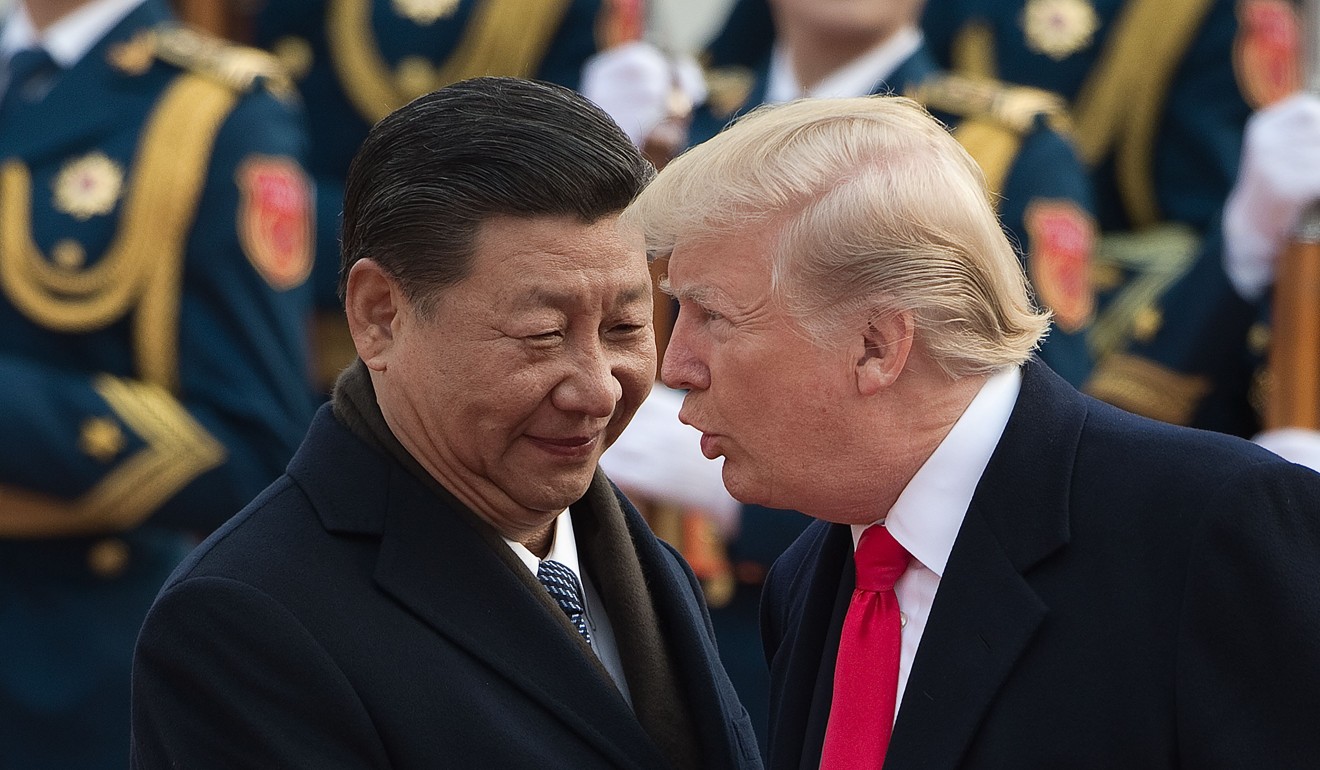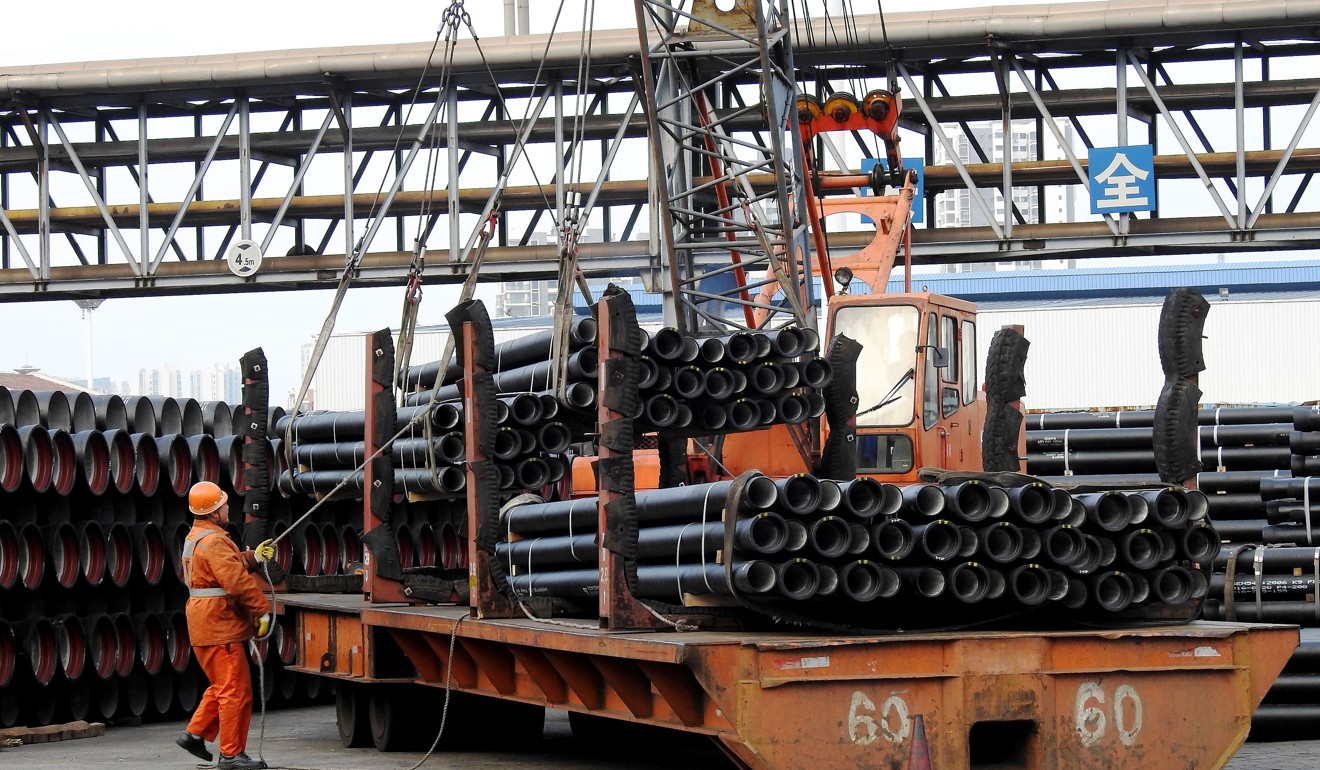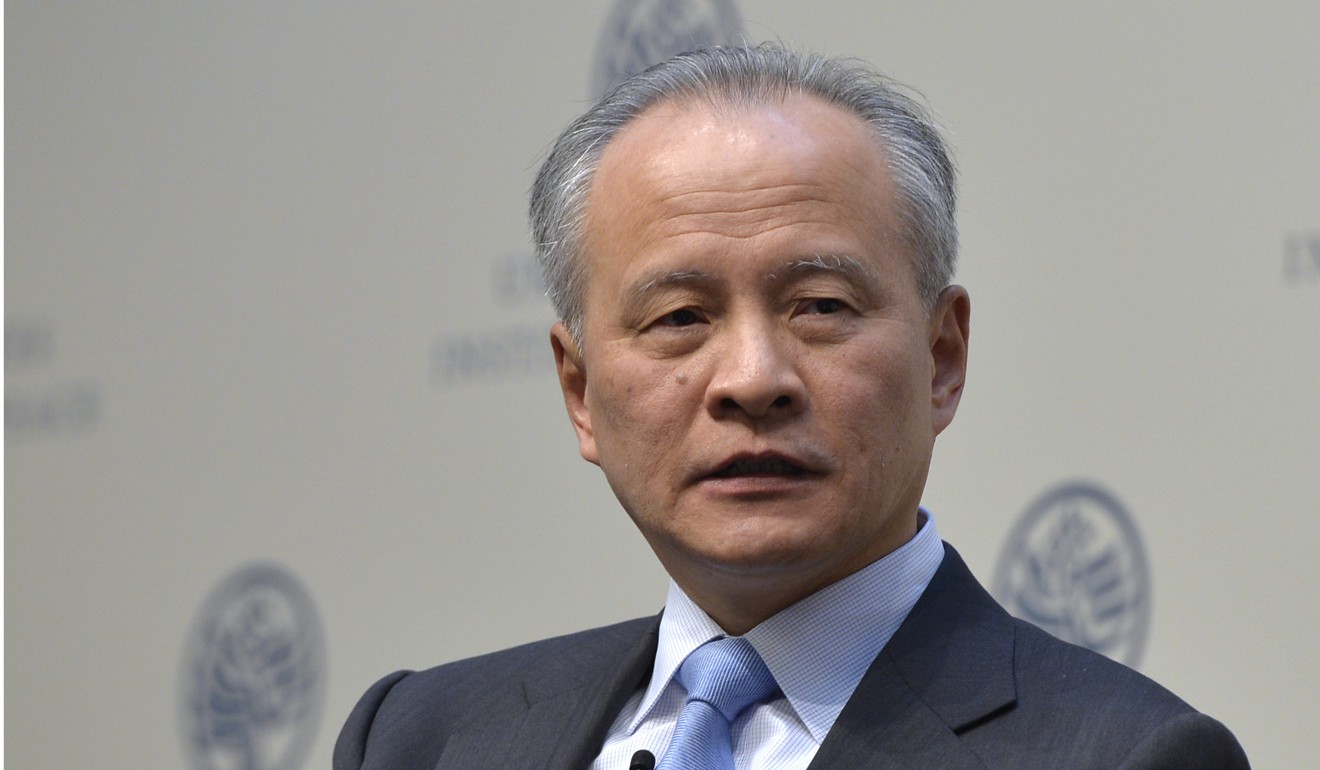
US and China could exchange sanctions on telecom, chips and agriculture in trade war skirmish: analysts
US intellectual property probe could bring sanctions against Chinese telecom and semiconductors, prompting retaliation aimed at US agriculture sector
China could take aim at the United States’ agriculture sector if a US investigation into China’s intellectual property practices results in sanctions against Chinese telecom and semiconductor exports, analysts have warned.
Derek Scissors, a trade specialist at the American Enterprise Institute in Washington, said the US’ ongoing Section 301 investigation could justify sweeping sanctions against China’s telecom and semiconductor products, including consumer electronics.
Scissors said a US president could unilaterally impose sanctions or quotas, including a quota of zero, against imports into the United States for six months.
“If the US were to take such broad action, I suspect Chinese retaliation would be aimed at American agriculture,” he said.

The probe initiated by the US Trade Representative (USTR) in August on US President Donald Trump’s orders is part of the US’ trade initiatives against China that could increase tensions between the two countries. The process could result in tariffs on China if the parties fail to strike a deal after the USTR completes its investigation and releases its results.
The Trump administration also has launched governmental reviews aimed at reducing the bilateral trade deficit and national security implications tied to imports into the US market of Chinese steel products. Both reviews could lead to possible unilateral action against China.
China has been accused of producing much more steel than what global demand suggests would be the appropriate level of production.
Soon after Trump’s first state visit to China in early November, the White House reportedly weighed up half a dozen unilateral actions to “fundamentally challenge Chinese trade practices”, with decisions expected by early next year, The Wall Street Journal reported.
The past two weeks have seen the US further ramp up pressure on China on trade and economic issues.

Late last month, the US Commerce Department launched a new investigation into imports of Chinese aluminium alloy sheet. The action, the first US self-initiated, anti-subsidy and anti-dumping action in 26 years, prompted “strong dissatisfaction” from Beijing’s Ministry of Commerce.
The US also submitted a statement to the World Trade Organisation in Geneva against granting China market economy status, a position that would allow the US to maintain high anti-dumping duties on Chinese imports, if upheld by the WTO.
However, the US’ unilateral action mostly would be too small to trigger a “trade war”, Scissors said. “With a bilateral trade surplus over US$300 billion last year and rising this year, China has more to lose,” he said.
Gary Hufbauer, a senior fellow at the Washington-based Peterson Institute for International Economics, said the world’s two biggest economies were unlikely to engage in an all-out trade war in the next several months.
“China does not want to get into a trade war,” Hufbauer said. “I don’t think China has a political or commercial interest in [further] escalating.”
But he said that if the US put a tariff of, say, 10 per cent on all imports from China, and China retaliated, then “we have a trade war right there”. During his presidential campaign, Trump said he would hit Chinese products with a 45 per cent tariff.

According to US Census Bureau data, the US imported more than US$360 billion in goods from China in the first nine months of this year. If even a 10 per cent tariff were imposed on Chinese goods, it would have “huge impact” because “we are talking about [at least] US$36 billion a year”, Hufbauer said.
But the US, he said, could take unilateral action by next May, by putting extra tariffs on Chinese aluminium and steel products, for instance.
And the US could launch a “screening process” to limit the scope of the technology that US companies could use in China, Hufbauer said. That move would be a way to counter Beijing’s rule requiring foreign companies to transfer their technology to the Chinese partner in joint ventures.
China could retaliate by no longer buying items such as aircraft and agricultural products from US companies, Hufbauer said. Beijing could respond by slapping duties on American exports it argues have been subsidised and dumped in China by Washington.

China remains restrained from risking a trade war. Beijing’s ambassador in Washington Cui Tiankai said in early November ahead of Trump’s China visit that trade disputes between China and the US should be handled in a very constructive and pragmatic manner, so as not to “undermine the overall economic relationship”.
Li Bin, chief of the economic affairs section at the Chinese embassy in Washington, also said in late November that the two countries should resolve their trade frictions by consultation.
After the two sides signed more than US$250 billion of commercial deals in Beijing during Trump’s visit, Li said, “I’m sure China is going to do more next year”.
“I don’t think the trade deficit is a problem because China can really buy a lot,” he said.

